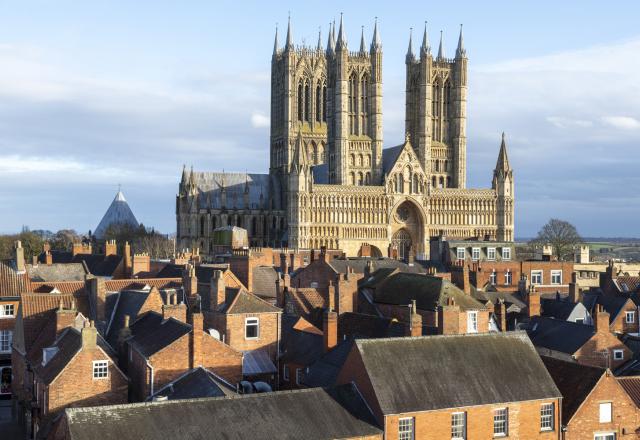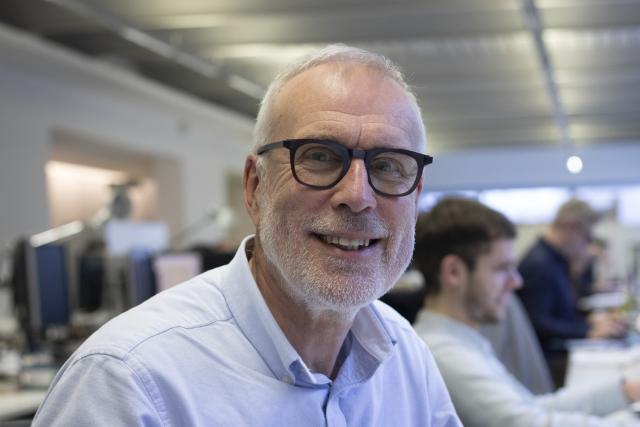

“You could say it was a marriage of convenience.” I’m sitting down to lunch in a café in a Manchester suburb with Nicholas Rank, the renowned former Buttress director and cathedral architect and Buttress and RIBA specialist conservation architect Edward Kepczyk. It’s a meeting that has been months in the planning and one difficult to organise due to everyone’s committed diaries. As two renowned church architects, Nicholas, previously held the baton for over 25 years with a career spanning the pinnacles of some of Europe’s most significant cathedrals, including Lincoln, Carlisle and Southwell, and Edward, who is now in receipt of the baton has an equally formidable, more recent career portfolio. Nicholas is explaining how his much-celebrated career started. It’s 1993 and having set up his own practice with a solid client base he’d got to a point where he needed more support for his growing business and studio. Buttress, then known as Buttress Fuller Geoffrey Alsop Practice was also developing a strong reputation for ecclesiastical work and they needed a specialist to lead the team, since Donald Buttress, one of the founding partners of the practice had been appointed as Surveyor to Westminster Abbey and was now based in London. Nicholas continues, “I often use the analogy that the practice was like an ocean liner and I was a little yacht that got winched aboard. I brought all my clients and it happened very seamlessly.”
Analogy aside, the ocean liner and little yacht turned out to be an incredible success. Although Nicholas retired in December 2022, he is still active, and his work is celebrated throughout. Jane Cowan, head of conservation at Lincoln Cathedral, recently posted: ‘He’s been such a pleasure to work with over the years, and his knowledge, expertise and good humour will be sorely missed.’
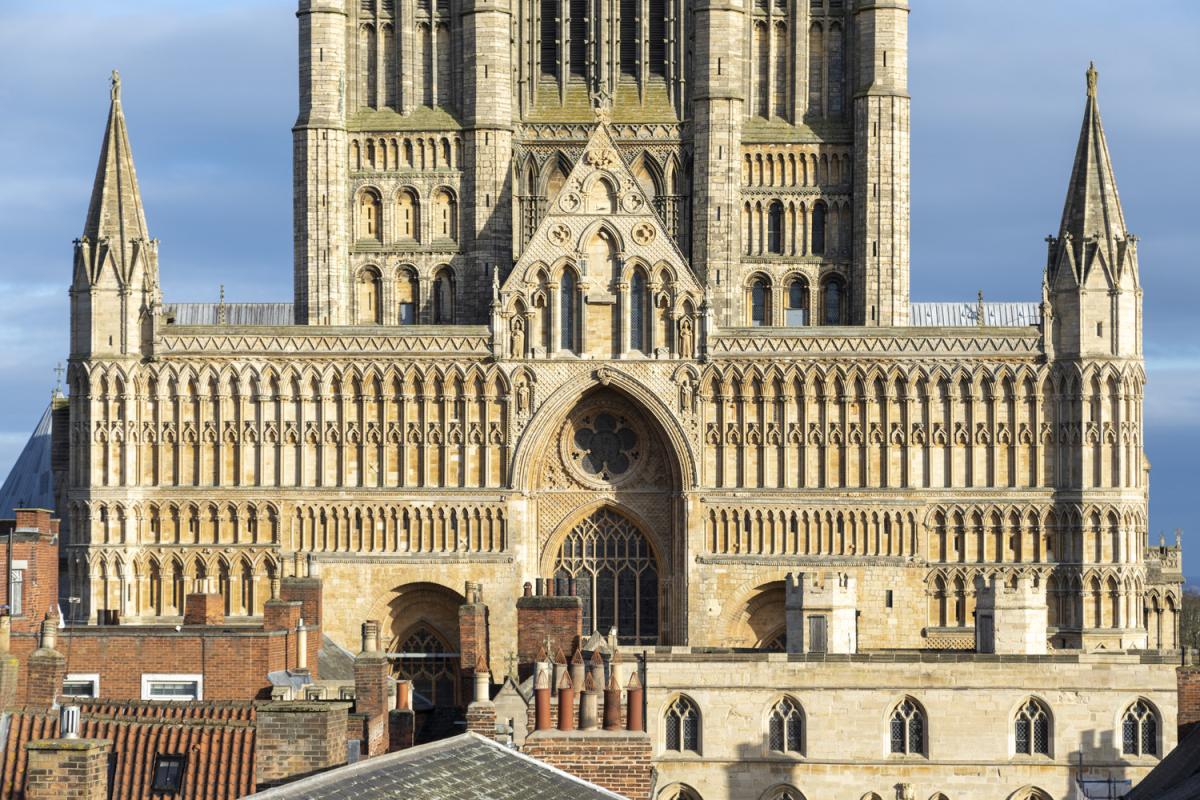
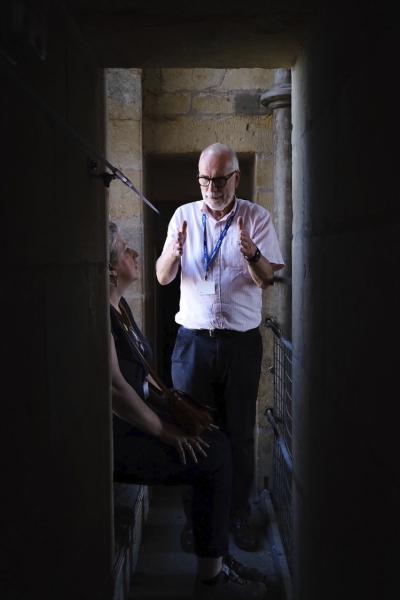
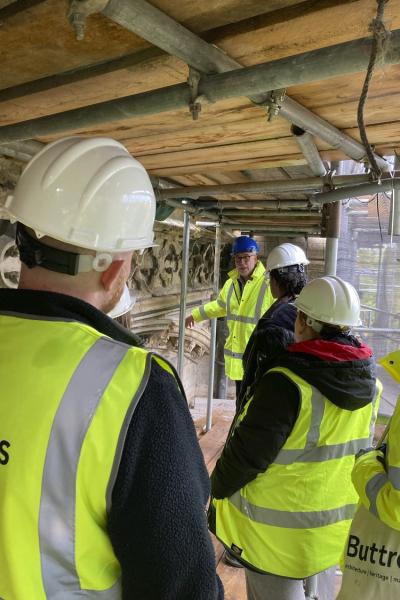
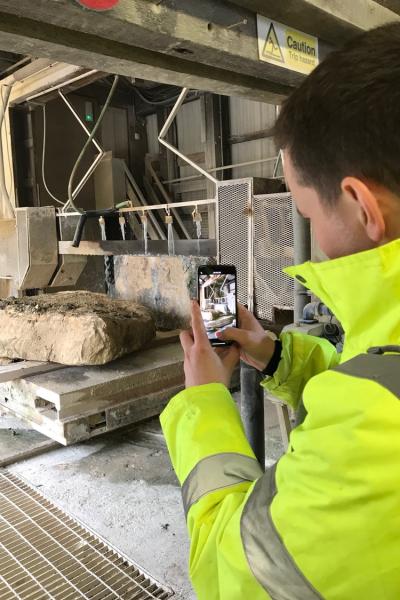
So, I wondered, did he always want to do conservation work? “No, not at all. When I was at university, I was going to be the next Norman Foster – I saw myself designing airports. But in my early career days, I was actually doing a lot of housing. My main year-out project was new council housing replacing a bombed-out Georgian terrace in Bloomsbury.”
One thing that struck me was, despite their reputation and celebrated bodies of work, their humbleness and quietness of their careers. In today’s age of self-promotion, there are no signs of self-grandiose puffery, indeed there seem to be no signs of the stresses and strains of working and advising on some of the world’s historically significant buildings and there’s a sense of calmness and ease. Like a surgeon making a life-changing decision for a patient, Nicholas and Edward also have made difficult decisions on some of Europe’s most important conservation projects, allowing a building to evolve and continue. The decisions have paid off both architecturally and within the industry, with work at Lincoln Cathedral recently achieving one of the industry’s highest commendations with an AABC Conservation Award at the 2023 Civic Trust Awards. Nicholas explains, “The thing about Lincoln is that it is actually a process. The person taking over from me will be doing the same thing as me. It’s like we’re running a relay race on a very long term.” Edward interjects, “I think we have to remind ourselves of how very fortunate we are. Our time of holding the baton is a mere drop in the ocean. We have a highly complex relationship with these remarkable buildings, we might work on them for many, many years, but we are only their custodians for a short period of time.”


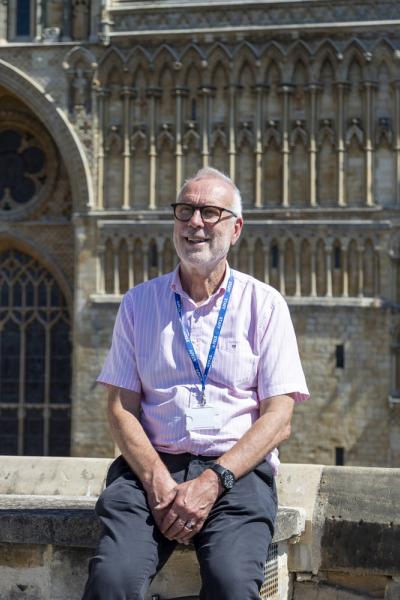
Their work at Lincoln, Carlisle and Southwell Cathedrals is celebrated, enabling future generations to visit, enjoy and pray at the medieval buildings – but, apart from these projects, I wonder what else stands out for them as moments in their careers. Their responses evidence their generosity of spirit. “There are projects that are on the other ends of the spectrum such as unlisted parish churches for example. These buildings represent their community, this is their cathedral and are equally just as important and rewarding to work on as their famous cousins. This is their cathedral and they deserve the very best professional advice.” explains Edward. Nicholas adds: “I did the quinquennial at St Martin’s in Poynton, Stockport, a 1960s church, and I was also working at Lincoln Cathedral at the same time and I recognised that these two buildings were just as important as each other for their local community.”
“I think we have to remind ourselves of how very fortunate we are..... we might work on these buildings for many, many years, but we are only their custodians for a short period of time.” Edward Kepczyk
For Edward, it’s his role in architecture and the connection with buildings built for faith and principally the role they historically and continue to play within their communities. He adds, “These buildings exist because they evolve and continue to serve.”
Testament to the pair’s modesty about their remarkable work, it takes a while to pinpoint which of their well-known pieces of work would they choose as their standout work, and again, it is with a degree of humility and self-effacement. “I think the Dean’s Eye Window (pictured below) at Lincoln Cathedral was an important project. It was a project that we inherited, and it wasn’t well planned. It took a long period of protracted negotiations with the consent bodies and there were some very painful decisions to make with team individuals. But we got there and it’s glorious.” explains further “I suppose it’s an understanding of who the right people are for the team, when to get them involved in the project – and getting them to sign into the philosophy around the project.”
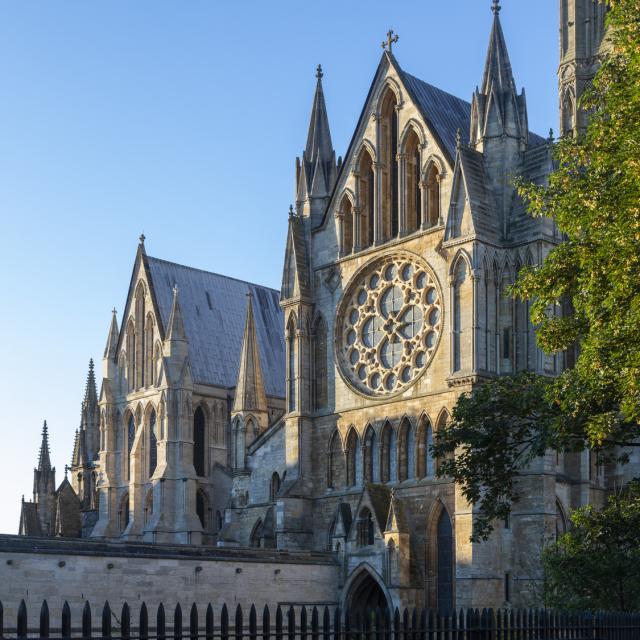
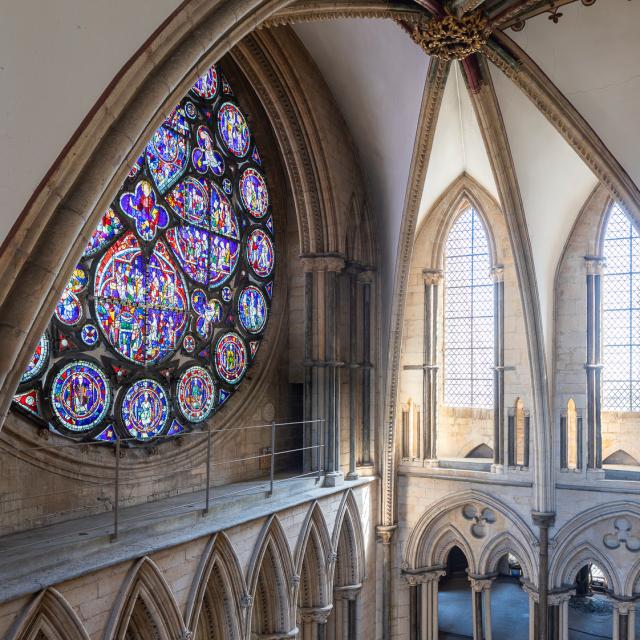
The chandeliers at Carlisle Cathedral are also high up on Nicholas’ list of significant projects. He went on to explain, “This was a big visual intervention. We used a new contemporary design that harks back to the cathedral’s heritage. Like a lot of projects, we had to work on convincing people that this was the right approach, as you can imagine there’s no guidebook or rule book on chandeliers in cathedrals. Instead, we flipped it on its head and started to consider light fittings that people enjoy looking at instead.”

St Mary’s Church at Melton Mowbray is highlighted by Nicholas. He furthers, “It’s a significant building that I think in a sense we transformed quite radically internally and addressed a number of problems. At one level it’s a Grade I massive medieval building. The people who came beforehand and enjoyed it as tourists, can come back and still enjoy it in the same way. They might think, there are toilets and a café but fundamentally it hasn’t changed the significance and character of the building. I think what we do is work with the existing environment and take this forward and give it the ability to survive for another generation.”
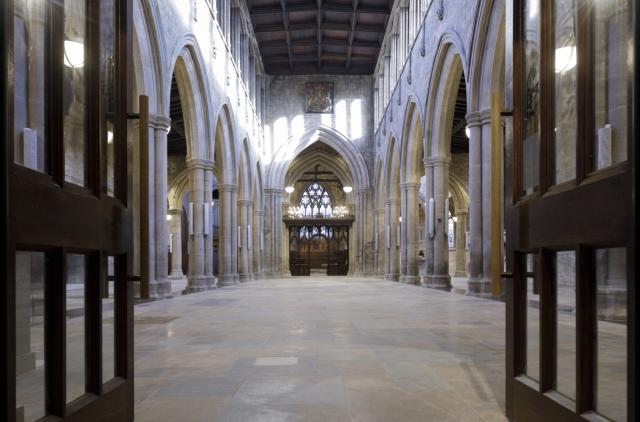

I wondered with the pair’s reticence to reflect on their work whether the future may open up a more comfortable conversation and we looked at what Nicholas would hope his legacy would be, but in turn, it reveals some glimpses into the work at Southwell Cathedral. Nicholas outlines his thoughts, “I think it’s a case of the attitude and approach of wanting to do something really good, not taking the easy route. We shouldn’t be looking at the most obvious route. For example, when we reroofed Southwell Cathedral we made a decision not to do it with the previously used slate which changed the appearance of the building. Naturally, this caused a little bit of a fuss – but our approach had additional benefits and it worked.
“We shouldn’t be frightened to rethink the approach. We should do it carefully and sensitively and be prepared to accept change.”
Edward continues this thought, “It brings us back full circle to building evolution and allowing them to evolve as long as it is informed. In five years' time, we’ll reflect and the same will be seen - it will have evolved and the baton will be passed in the way of caring and maintaining historic buildings that Buttress is recognised for.”
Our lunch appointment is almost over, it’s gone too fast and there is so much more to reflect upon. Still, there is no impression that Nicholas has been able to completely walk away from his beloved church and cathedral work. As the coffees are being offered, he explains that despite being officially retired he relishes being the chair of the Chester DAC (Diocesan Advisory Committee for the Care of Churches). “I applied for the job, which was rather a strange experience since I’ve not applied for a job and filled in a job application form since I was a young person.” Nicholas has the time, knowledge and experience to do the site visits, the paperwork and the ever-essential chats with the church’s community and the patience that comes with maturity. He explains, “I thought I should give something back, architects are generally a nice bunch of people to work with – and people who care about the environment and quality of life. It’s a way of giving back – whilst I still have the energy to do it.”
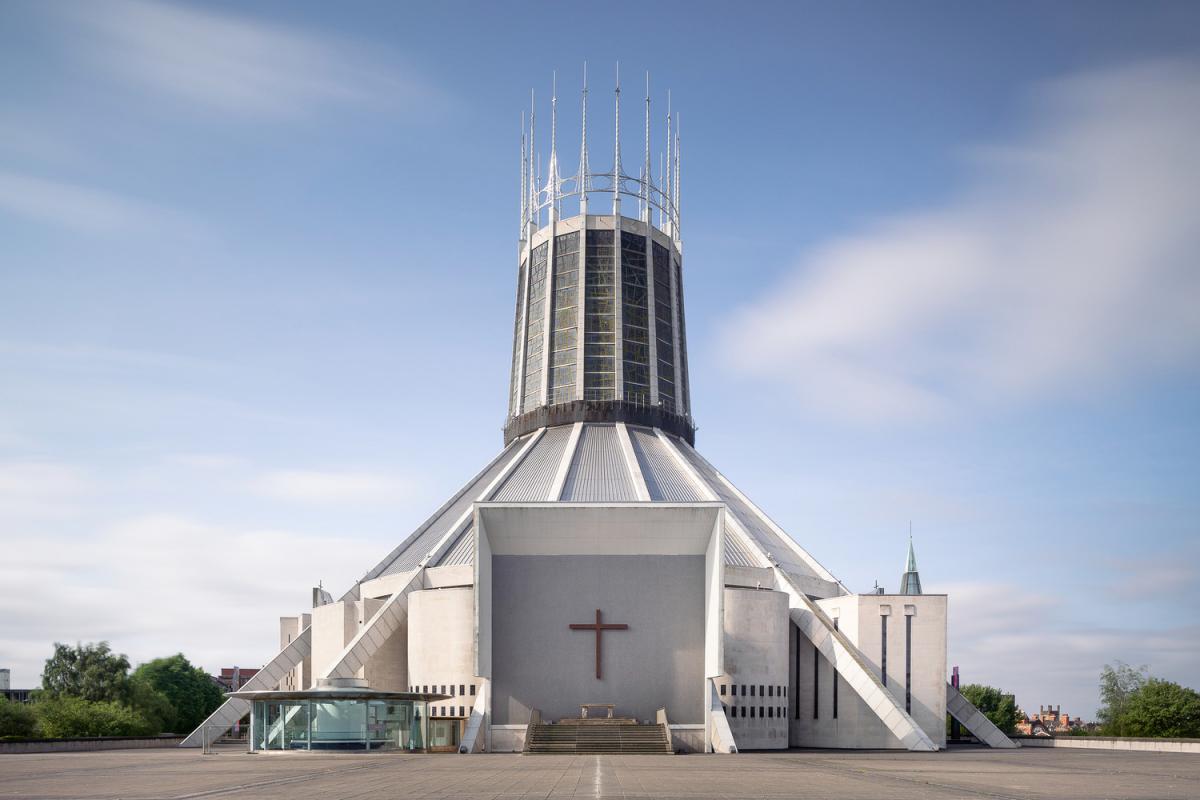
Edward has a meeting with Liverpool Metropolitan Cathedral to attend so we draw to a close. It's an iconic building and a fascinating project. So whilst I don't doubt for one minute that Nicholas will have the energy and passion to contribute for many more years beyond his prior role with Buttress, it is clear to see the continuation within the team. Edward has the baton firmly in hand and is looking to the next stage of Buttress' ecclesiastical journey.
